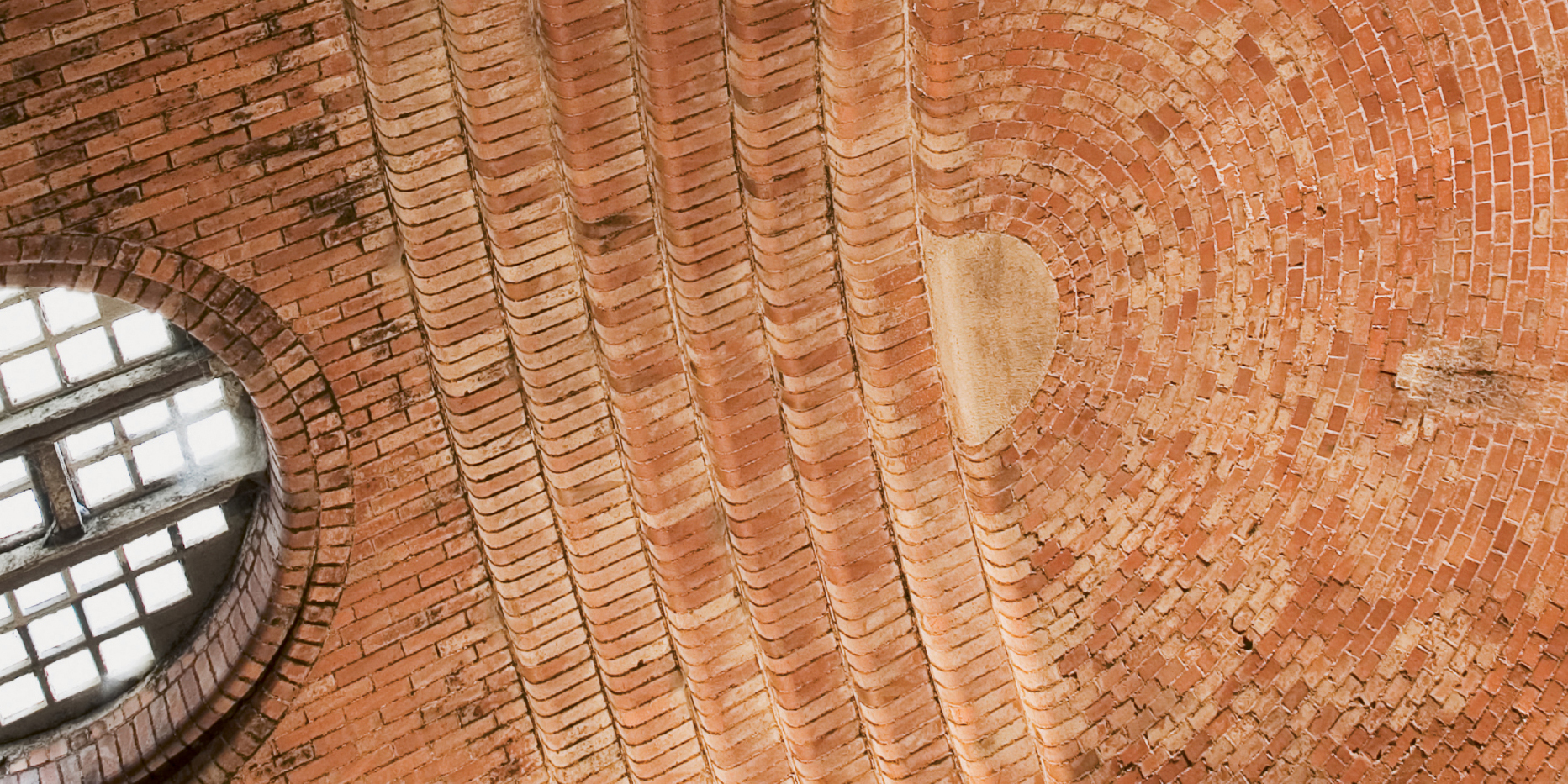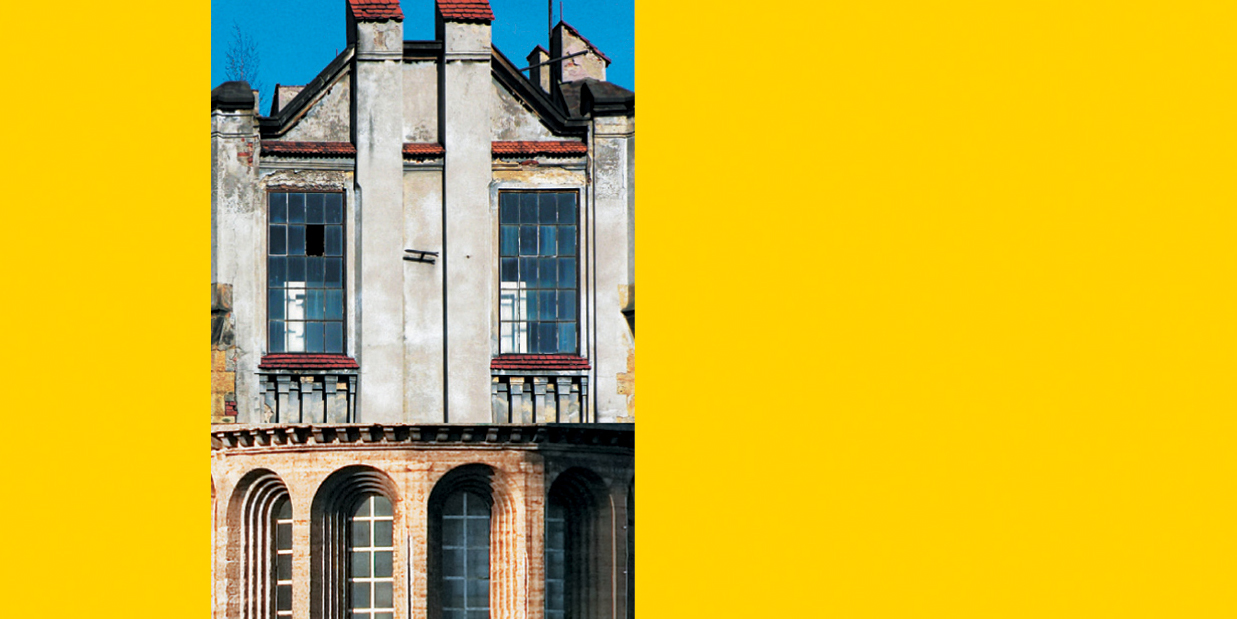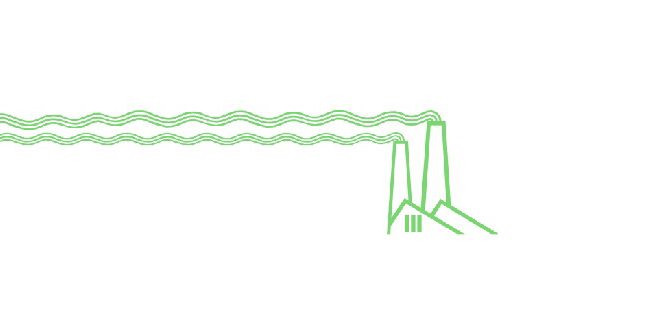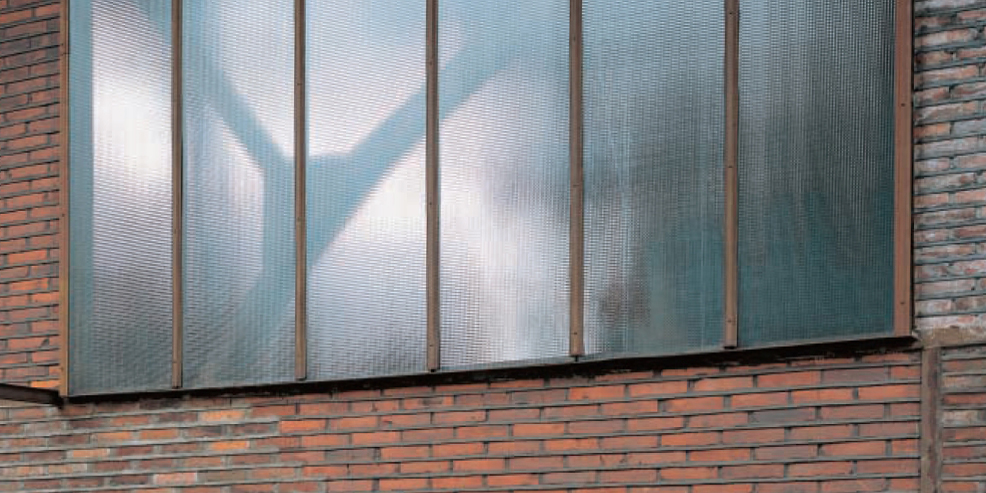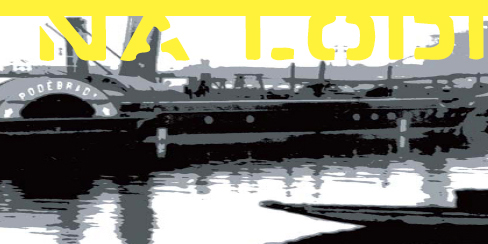Industrial Heritage
Industrial heritage has become a compelling and contemporary issue, as though less and less a thing of the past. A browse through this book, which marks the end of the series of international Biennials ‘Vestiges of Industry’, should provide ample proof of this fact.
The very first meeting in the Biennial series, held in the Old Sewage Treatment Plant in Prague-Bubeneč in 2001, was accompanied by a sense of impatience and worry. This mood no doubt stemmed partly from the fact that industrial heritage was still viewed more as a curiosity on the margins of public interest, and it was difficult to tell what kind of response it would garner. By the time of the fourth Biennial in 2007 the view of industrial heritage had changed in the Czech Republic, and it has now come to be seen as a challenge. No longer the exclusive interest of just a handful of enthusiasts, the topic now draws attention from the media and the general public. It is has been accepted by the professional community, which until recently was divided over the issue, by official institutions, which were initially wary of the issue, and even by the commercial development sector.
Yet questions arise for which we cannot make do with just simple answers. Even in this altered atmosphere we still encounter a sense of unease and concern, and the reason is that, as time passes, there is less and less space left for reaching the right solutions and realistic options. Paradoxically, a side effect of the general increase in the level of interest in industrial heritage has been a swell in uninformed and speculative decision-making, so that what has managed to survive so far is now at risk of being devalued. The value criteria that were identified, and which were beginning to gain ground, seem to be gradually slipping through our fingers.
The dilemma that constantly plagues the topic of industrial heritage is where to draw the line and say from this point words need to be put into action. The ‘Vestiges of Industry’ Biennials have therefore always tried to be a kind of notional umbrella, encompassing conceptually wide-ranging and more or less autonomous exhibitions, performances, concerts, and conferences on the possibilities, significance, and difficulties surrounding the adaptive re-use of industrial heritage. Their main objective, alongside encouraging general reflections about fading values, was to bring life back to a particular site that had remained outside the sphere of interest for some time.
This was exactly the case of the unique technical structure in which the first conference was held in 2001 – the Old Sewage Treatment plant. In subsequent Biennials attention turned and events spread, to other industrial structures in Prague, then to abandoned industrial sites in nearby Kladno, and then on to other towns in the Czech Republic, such as Liberec and Ostrava. For a few days on each occasion it was possible to bring together the experiences and often conflicting professional interests and education of architects, civil engineers, conservationists, developers, sociologists, people in the sector of culture, visual and dramatic artists, and musicians. And on each occasion we were consequently able to take the discussion beyond aspects of architectural creativity and heritage conservation to the level of more general reflections, where industrial heritage must be seen as a part of a world that we still reside in, even as we are simultaneously consumed by the aspirations of a society with its industrial age apparently behind it, leaving just the shadows of vanishing industrial enterprises in the aftermath of the decline of industry and the liquidation of entire sectors. Industrial heritage constitutes a lasting cultural experience, a memento, a truly unique aesthetic experience, and an explicit material legacy.
The international conferences were primarily directed at sharing and comparing experiences of similar efforts around the world. Therefore, the selection of papers presented at the conference in 2007 and some of the papers presented at the 2005 conference form the core of this book. For easier orientation it is divided into fi ve chapters. The wide spectrum of perspectives presented herein offers a more or less comprehensive idea of current practices relating to industrial heritage.
The book’s opening and, for an orientation in this topic, highly valuable essay is by Sir Neil Cossons, and in it he elaborates on the thoughts expressed in his keynote speech at the fourth Biennial in 2007. The second chapter contains a summary of outstanding projects in past years, mainly represented by German, British and French experiences, and we can trace the way in which they are interconnected as examples of the important and pursued goals of an integrated Europe. This is followed by a current overview of the arguments for and examples of the adaptive re-use of former industrial buildings and sites as the formative hubs of urbanisation and the sustainable development of urban centres and rural areas. The third chapter contains papers presented by participants from abroad, followed in the fourth chapter by texts on the changing atmosphere and value criteria in the domestic scene, attested to with examples of the buildings and projects discussed.
The International Biennial ‘Vestiges of Industry’ and its many accompanying events, exhibitions, concerts, and performances, signified a stride beyond the usual framework of such meetings. The fifth chapter rounds out the description of this atmosphere, weighing the strength and value of personal experience in encounters with an industrial environment and the potential and limitations of artistic communication as a source of inspiration for action.
Given the length and the large number of conference papers it was impossible to include all the texts in both Czech and English as they were presented (in simultaneous translation) at the conference. The full versions of all the texts in Czech or in Czech translation are accompanied by an English translation of the titles and illustration captions and a reference to the page number where the text is printed in full or abridged form in English at the end of the book. The aim is to provide as complete as possible an idea of the atmosphere of the conferences and the topics they addressed, and to do so within the relatively limited space afforded by a publication.
Benjamin Fragner (ed.), Industrial Heritage, Prague 2008.
344 pages; Czech/English, 245 images, ISBN 978-80-01-04067-6 / authors Lukáš Beran, Louise N. Boucher, Neil Cossons, Eva Dvořáková, Vladimír Dvořák, Wolfgang Ebert, Keith Falconer, Axel Föhl, Benjamin Fragner, Blažena Gehinová, Marie Hesková, Meritxell Puig Jodar, Müjgan Bahtìyar Karatosun, Eva Kráľová, Michael Mende, Jiří Merta, Györgyi Németh, Radka Pittnerová, Petra Rydvalová, Dan Senn, Lars Scharnholz, Radoslava Schmelzová, Paul Smith, Jan Světlík, Tomáš Šenberger, Josef Štulc, Dagmar Šubrtová, Norbert Tempel, Petr Urlich, Vladislava Valchářová, Miloš Vojtěchovský, Tomáš Žižka / contributing editorial work Lukáš Beran, Vladislava Valchářová / proofreading Olga Groszová, Eva Příhodová / translation Robin Cassling, Kateřina Hilská, Jiří Mareš, Yveta Johansen / graphic design Jan Forejt / typesetting and print Studio Element / published by the Research Centre for Industrial Heritage CTU Prague in conjunction with the Technical Monuments Committee of the Czech Chamber of Certified Engineers and Technicians and the Czech Union of Civil Engineer
download (pdf, 9,2 MB)

